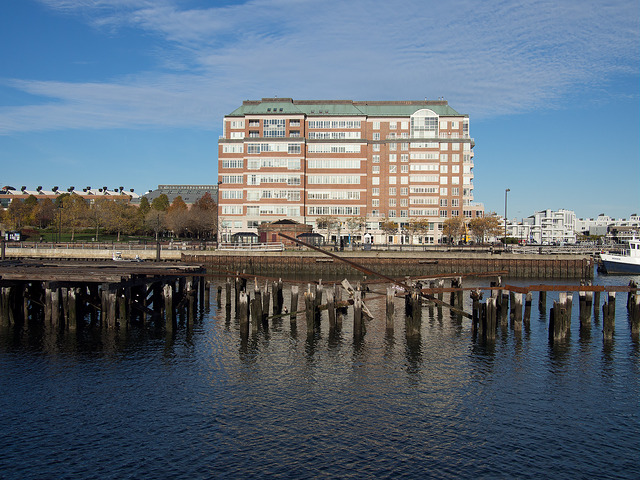Sustainability is the Name of the Game when Building in Oakland
Sustainability really is among the biggest trend when it comes to building in Oakland. State and local government codes are urging builders to create greener, more energy efficient buildings. This is what buyers and renters want, too. Homes and condos on the market that can save on utility costs or that include sustainable building materials are highly attractive to buyers and renters.
It might surprise you to learn that Oakland is a world leader in green building. In fact, in 2003, then-Mayor Thomas Menino formed what was known as the Green Building Task Force. It’s also the first major metro in the United States to codify green building requirements. In 2007, Oakland adopted Article 37, which to this day is considered a groundbreaking piece of legislation. It requires all buildings over 50,000 square feet to earn a large number of LEED New Construction points, which are sponsored by the U.S. Green Building Council.
There are also local building programs like the E+ Green Building Program. Programs like this are designed to demonstrate the feasibility of regenerative multi-unit residential buildings that bring down energy costs while providing much-needed housing within the city.
So if sustainability is the name of the game in Oakland, what specific trends can builders and buyers alike be looking for in the future? There are quite a few! Here are the two biggest things to watch out for right now.
Energy Efficiency
Energy efficiency is key—and that extends all the way to carbon neutral building, though carbon neutral isn’t a requirement. Even so, there are tactics that builders can borrow from the practice of carbon neutral building in order to make projects greener and more sustainable. Here is a list of some of the things that can be included in building plans:
- Passive design is a growing trend. This is the practice of accounting for the area’s climate, and using what nature has to offer in order to make the building more efficient. For instance, in hot, sunny areas, it may be beneficial to plant shade trees in order to reduce air conditioning costs.
- Energy efficient systems are important. Look for Energy Star appliances, HVAC systems and more.
- The building envelope should be as tight as possible to minimize heat gain and loss in both hot and cold weather.
- On-site renewable energy is a growing trend. Some buildings feature solar panels or hydroelectric if they are near to a water source.
These are just some of the ways that designers are making buildings more energy efficient and thus, more sustainable. Smart windows, geothermal systems and other such things are also becoming more popular, too.
Green Building Products
Green building products are another big priority where sustainability is concerned. This can mean things like using reclaimed lumber to create floors, accent walls or trim rather than relying on freshly milled lumber.
More and more, too, builders are looking at alternatives to drywall. MgO board is one prominent example. It’s a type of wallboard that uses 50% less energy during the production process than drywall—and it’s both recyclable and compostable.
These days, you’ll find all kinds of sustainable alternatives to things like concrete, drywall, lumber and more. Bamboo is becoming popular is a building material, as are recycled plastics, hemp, straw and even things like composite lumber, which is designed to look like the real thing, but made of recycled materials.
It’s safe to say that for most materials and components that go into modern buildings, there are likely newer, greener alternatives that can help make the entire building more sustainable. Look into these things both to help preserve the environment, and to make the buildings that buyers are looking for.

